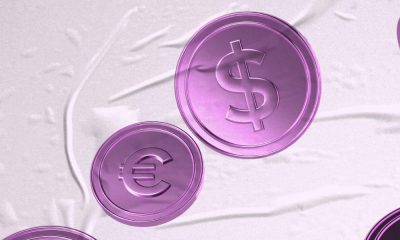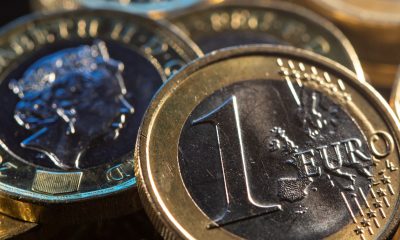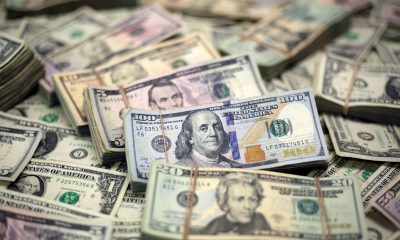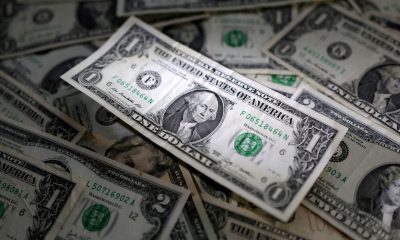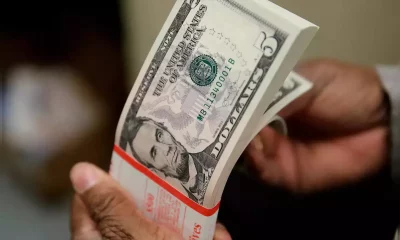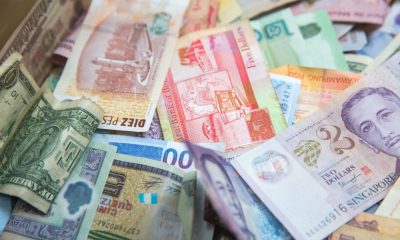Forex
Dollar adrift as traders assess Fed options; Aussie buoyant
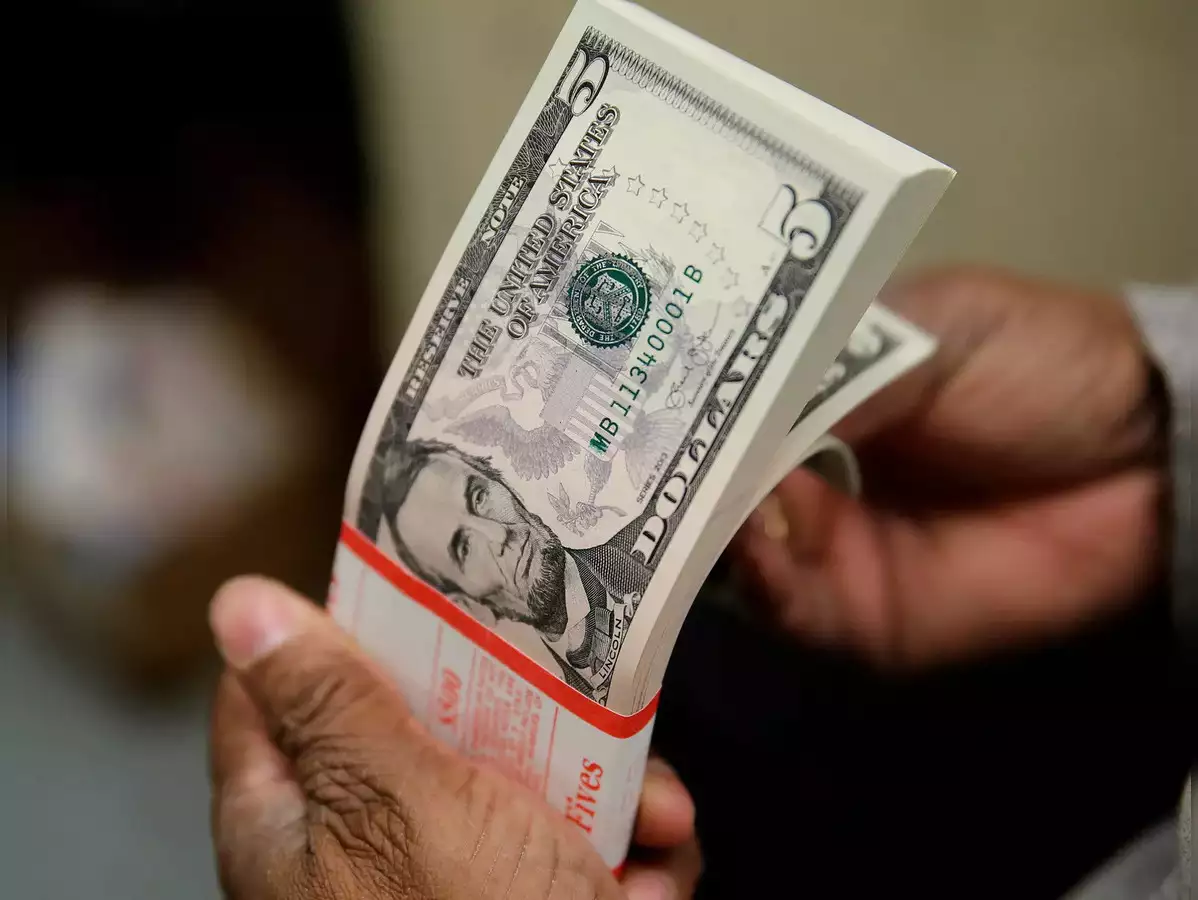
The dollar edged lower on Wednesday as traders assessed the odds of a rate hike by the Federal Reserve next week, while the Aussie scaled a fresh three-week high in the wake of a rate increase and a decidedly hawkish stance by its central bank .
The Australian dollar peaked at $0.6690 in early Asia trade, its highest since mid-May, buoyed by lingering effects of the Reserve Bank of Australia’s (RBA) quarter-point interest rate increase to an 11-year high on Tuesday.
The decision and the RBA’s hawkish policy statement had sent the Aussie rising 0.8% in the previous session, with governor Philip Lowe warning of more tightening on the cards because inflation was still too high.
“The cash rate is now 4.1%, which we think is in a deeply restrictive territory, so that obviously means that the risk of a hard landing in the Australian economy has increased,” said Carol Kong, a currency strategist at Commonwealth Bank of Australia (OTC:CMWAY).
In a speech on Wednesday, Lowe reiterated that some further tightening may still be required to bring inflation to heel, though that would depend on how the economy and inflation evolve.
In the broader currency market, the U.S. dollar dipped in early Asia trade, as traders pared back their expectations of a rate hike at next week’s FOMC meeting.
Against the greenback, sterling rose 0.08% to $1.2432, while the kiwi gained 0.08% to $0.6084.
Money markets are pricing in a roughly 19% chance that the U.S. central bank will raise rates by 25 basis points next week, compared to an over 60% chance a week ago, according to the CME FedWatch tool.
Data out last week showed that the U.S. services sector barely grew in May as new orders slowed, pushing a measure of prices paid by businesses for inputs to a three-year low, a welcome sign for the Fed in its fight against inflation.
“We don’t think the FOMC will hike next week … but risks again are skewed to the upside,” said Kong.
The U.S. dollar index slipped 0.03% to 104.05, while the euro rose 0.07% to $1.0698.
Euro zone consumers lowered their inflation expectations, a European Central Bank survey showed, a relief for policymakers after an unexpected surge a month earlier.
Against the Japanese yen, the greenback slipped 0.27% to 139.26.
Elsewhere, the Turkish lira slid nearly 2% to a fresh record low of 21.99 per U.S. dollar, while the Canadian dollar rose to a fresh one-month high of C$1.3388 to the greenback ahead of an interest rate decision later on Wednesday.
CRYPTO SHAKEOUT
In the cryptoverse, bitcoin, the world’s biggest cryptocurrency, was last marginally higher at $27,273, after jumping nearly 6% on Tuesday.
The U.S. Securities and Exchange Commission (SEC) on Tuesday sued Coinbase (NASDAQ:COIN), accusing the largest U.S. cryptocurrency platform of operating illegally because it failed to register as an exchange, a move which came just a day after the regulators sued Binance, the world’s largest cryptocurrency exchange, and its CEO Changpeng Zhao.
“Bitcoin is trading higher … on a flight to the quality end of crypto,” said Tony Sycamore, a market analyst at IG Markets.
Binance’s BNB token was up 0.45% at $283.13, having plunged 9.2% on Monday.

 Forex3 years ago
Forex3 years agoForex Today: the dollar is gaining strength amid gloomy sentiment at the start of the Fed’s week

 Forex3 years ago
Forex3 years agoUnbiased review of Pocket Option broker

 Forex3 years ago
Forex3 years agoDollar to pound sterling exchange rate today: Pound plummeted to its lowest since 1985

 Forex3 years ago
Forex3 years agoHow is the Australian dollar doing today?

 Cryptocurrency3 years ago
Cryptocurrency3 years agoWhat happened in the crypto market – current events today

 World3 years ago
World3 years agoWhy are modern video games an art form?

 Commodities3 years ago
Commodities3 years agoCopper continues to fall in price on expectations of lower demand in China

 Economy3 years ago
Economy3 years agoCrude oil tankers double in price due to EU anti-Russian sanctions

